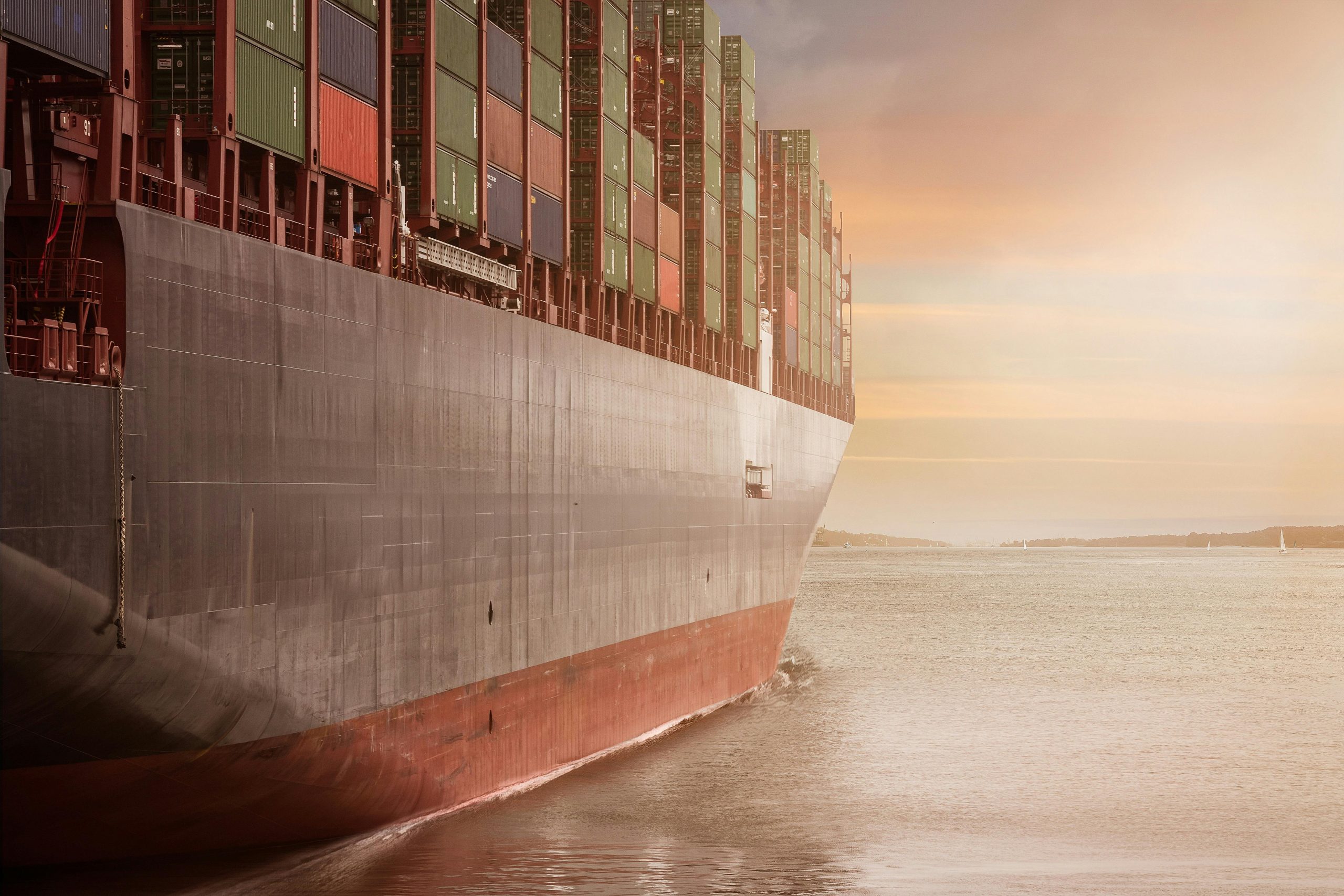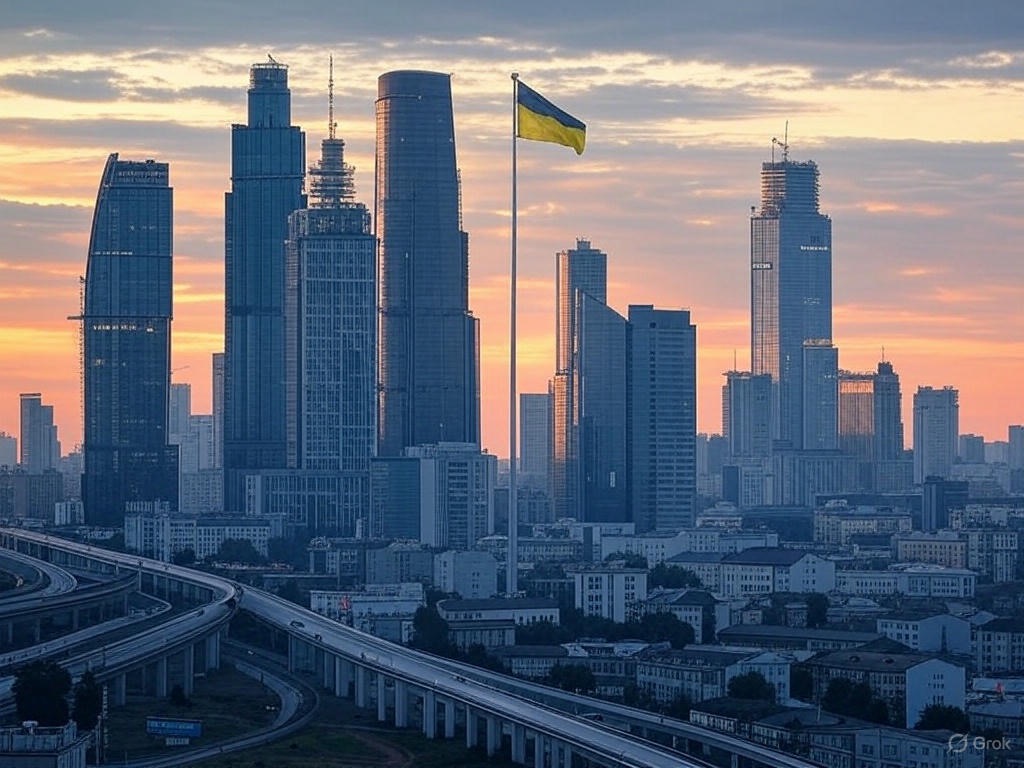London, UK – For a fleeting moment in late 2025, a casual glance at global shipping data might have offered a sigh of relief. Headline freight indices, the stock tickers of global trade, were easing from their frantic peaks. It looked like a return to normal. But this was a dangerous mirage. The truth, buried beneath the averages, is that the system isn’t healing; it has been permanently broken. The deadly attacks on two cargo ships in the Red Sea in July 2025 were not just another escalation. They were the aftershocks that confirmed the earthquake: the foundational assumptions of global trade have been shattered, and a new, more fragmented and expensive era has begun.
The story of this irreversible shift begins with the sinking of the Magic Seas and the Eternity C. After months of Houthi attacks that primarily caused material damage, these assaults were different. They were lethal, killing and injuring crew members, and they were a flagrant violation of a freshly brokered ceasefire. This single act transformed the risk calculus overnight. For the world’s major shipping lines, the threat was no longer merely financial; it was existential. The World Shipping Council’s assessment that the route was “unacceptably high, literally life-threatening” was now tragically undeniable. Any hope that a resolution to the Gaza conflict would pacify the waters vanished. The Houthi campaign revealed itself as a persistent, ideologically driven strategy, untethered to a single conflict. The Red Sea, the vital artery connecting Asia and Europe, was closed for the foreseeable future.
This forced a monumental rewiring of global trade. The detour around Africa’s Cape of Good Hope, once a temporary crisis measure, is now the semi-permanent baseline. This seemingly simple rerouting—adding 10 to 17 days and some 6,000 nautical miles to a voyage—has absorbed global shipping capacity like a sponge. It’s estimated that the longer journeys have effectively removed 15-20% of the world’s fleet from active service, even as new ships are launched. The clockwork rhythm of global logistics has been replaced by a phenomenon called “vessel bunching,” where ships arrive at ports in chaotic clusters instead of a predictable stream. This has triggered cascading congestion at major hubs from Singapore to Barcelona, creating bottlenecks at an 18-month high.
This physical disruption has cleaved the global freight market in two, creating a tale of two oceans that makes composite indices dangerously misleading.
On one side, the Transpacific trade lane became a rollercoaster driven by US policy. Facing new, sweeping tariffs, American importers frantically frontloaded orders in the spring of 2025, causing shipping rates from Asia to the US West Coast to spike by over 115% to around $6,000 per container. But once the tariff deadlines passed, the demand vanished. Left with a glut of capacity, rates plummeted in a spectacular collapse. In a single week in early July, prices on the route fell by a staggering 39%.
On the other side, the Asia-Europe market remains a prisoner of geography. Constrained by the longer Cape route, carriers have retained immense pricing power. Even with weakening European consumer demand, they can tactically cancel sailings to manage capacity and keep rates structurally high. The result was a historic market inversion. In July 2025, for the first time during the year, it became more expensive to ship a container from Asia to Northern Europe than to the US West Coast. Anyone budgeting based on a global average would be blindsided.
Beyond the freight rates, the crisis has permanently altered the financial and legal DNA of shipping. War risk insurance, once a nominal charge, has morphed into a volatile cost center. Premiums for a single Red Sea transit surged to between 0.7% and 1.0% of a vessel’s value, meaning a $100 million ship could face a $1 million insurance bill for a seven-day passage. This explicitly prices geopolitical instability into the cost of trade.
The crisis also shattered the trust that underpins the industry. Shippers who thought their annual fixed-rate contracts guaranteed cost certainty were rudely awakened. Carriers, facing immense new costs, imposed a blizzard of “emergency surcharges” or simply forced clients onto the wildly expensive spot market. This breakdown has accelerated a push towards more transparent, flexible, and risk-sharing agreements, often linked to public indices, ending the era of the simple handshake deal.
For businesses on the ground, this has forced a painful but necessary strategic pivot: from the lean efficiency of “just-in-time” to the costly security of “just-in-case.” This is not a buzzword; it’s a budget line. Companies are now building larger inventory buffers to protect against transit delays, a direct reversal of three decades of supply chain philosophy. They are aggressively diversifying their sourcing, accelerating the “China+1” strategy to develop alternative suppliers in Vietnam, India, or Mexico. For European firms, the higher cost of Asian shipping has suddenly made near-shoring production to Turkey or Eastern Europe a viable, and safer, proposition.
This new world demands a new way of thinking, focused on the “total landed cost.” The freight rate is just one piece of a complex puzzle. A European company importing from Asia now faces structurally higher fuel, congestion, and inventory carrying costs. Its American counterpart, while enjoying lower transport fees, is exposed to a politically volatile tariff regime that can dwarf all other expenses. The competitive landscape is being redrawn not by a company’s product, but by its supply chain’s resilience.
The path forward is uncertain, but a return to the past is impossible. The most likely scenario is one of protracted instability, where the Cape route remains the norm, costs stay structurally elevated, and geopolitical risk is a constant variable. The era of optimizing a stable, predictable global system is over. The winners in this new, fractured world will not be those who find the cheapest price, but those who can master complexity, build redundancy, and manage the enduring reality of risk. The geometry of global trade has changed for good.
Disclaimer: Important Legal and Regulatory Information
This report is for informational purposes only and should not be construed as financial, investment, legal, tax, or professional advice. The views expressed are purely analytical in nature and do not constitute financial guidance, investment recommendations, or a solicitation to buy, sell, or hold any financial instrument, including but not limited to commodities, securities, derivatives, or cryptocurrencies. No part of this publication should be relied upon for financial or investment decisions, and readers should consult a qualified financial advisor or regulated professional before making any decisions. Bretalon LTD is not authorized or regulated by the UK Financial Conduct Authority (FCA) or any other regulatory body and does not conduct activities requiring authorization under the Financial Services and Markets Act 2000 (FSMA), the FCA Handbook, or any equivalent legislation. We do not provide financial intermediation, investment services or portfolio management services. Any references to market conditions, asset performance, or financial trends are purely informational and nothing in this report should be interpreted as an offer, inducement, invitation, or recommendation to engage in any investment activity or transaction. Bretalon LTD and its affiliates accept no liability for any direct, indirect, incidental, consequential, or punitive damages arising from the use of, reliance on, or inability to use this report. No fiduciary duty, client-advisor relationship, or obligation is formed by accessing this publication, and the information herein is subject to change at any time without notice. External links and references included are for informational purposes only, and Bretalon LTD is not responsible for the content, accuracy, or availability of third-party sources. This report is the intellectual property of Bretalon LTD, and unauthorized reproduction, distribution, modification, resale, or commercial use is strictly prohibited. Limited personal, non-commercial use is permitted, but any unauthorized modifications or attributions are expressly forbidden. By accessing this report, you acknowledge and agree to these terms-if you do not accept them, you should disregard this publication in its entirety.



